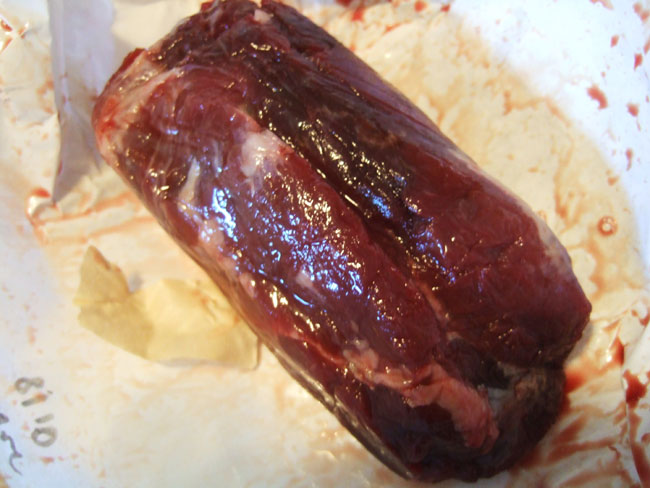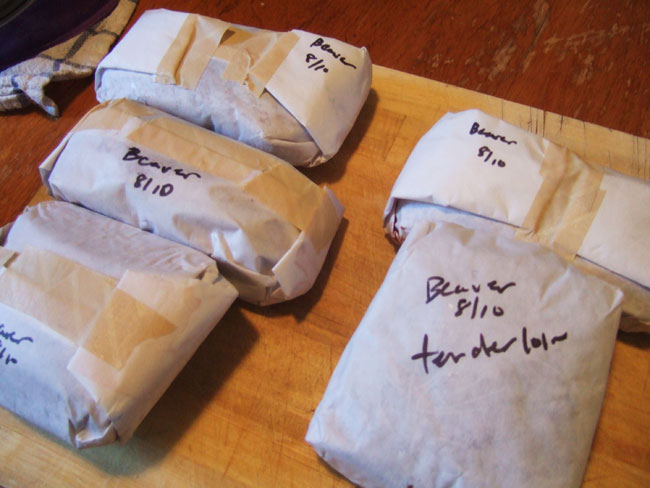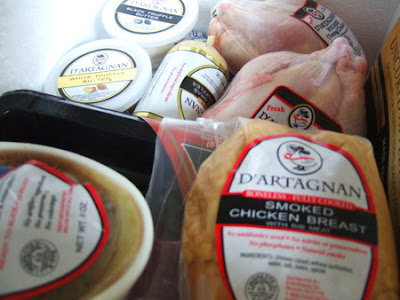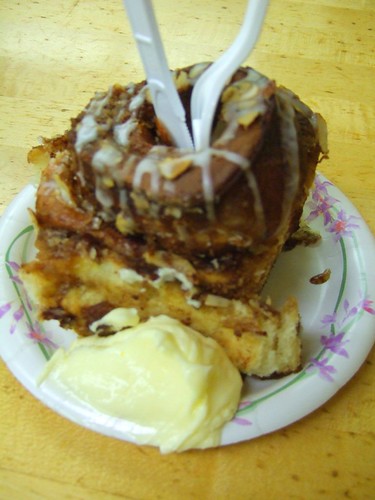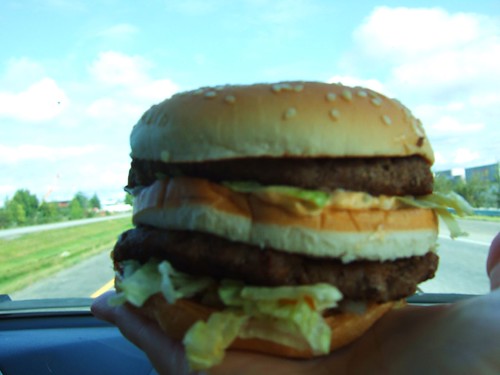An article in a local rag, Edible Manhattan, told the story of New York’s markets of old.  The article focused on Washington Market, which was on Manhattan’s lower west side.  Apparently the abundance was incomparable and was cataloged by a man named Thomas de Voe, a butcher who worked his way up to be head of the market (read the whole article here).  His book, published in the 1860s, the Market Assistant, contains a brief description of “…every article of human food sold in the public markets of New York, Boston, Philadelphis, and Brooklyn.”  Among those articles of food, Moose Snout.
De Voe says of the moose:  “There is no doubt but the flesh of the tame male either moose or elk, when castrated, could be converted into a dish which the epicure could not resist. The tongue is considered a delicacy, as is also his moufle, the large gristly extremity of its large nose, when properly prepared and cooked. The skins are much used by the hunters for snow shoes and moccasins; for these purposes they are best when taken in the month of October.  Mr Wm Paul had when I saw him on the 7th of February, 1856, in Fulton street New York near the Washington Market, nine moose and two elk which he had brought from Iowa. They were in good condition although killed some five weeks before.” (1867)
An article, from Shield’s Magazine, 1905, says something on the way to prepare a moose noose: “One does not necessarily have to go to the woods for venison; Moose and caribou steaks are far better for hanging several days, but some of the choicest morsels of the moose and the caribou are unobtainable far from the woods where the animals live. Â The nose, the liver, and the kidneys though highly esteemed by hunters, are never brought to market. Â Moose nose in particular is an exceptional delicacy. The nose of the caribou, though also good, is much inferior to the other, being full of small bones. Â Moose nose resembles beaver tail in this respect, that it possesses a delightful flavor distinctly its own and scarcely comparable with anything else. What makes it all the rarer is that it is not only necessary to kill a moose in order to obtain the delicacy, but also to destroy that most beautiful and most highly prized trophy of the chase: a moose head. You cannot eat the nose and have the head too. To prepare the nose for the table, it is cut off the animal as soon as the latter is killed and is then scalded and scraped to take off the hair. Then it is slightly smoked and boiled. ”
I have seen modern reference to jellied nose as well as moose nose soup. Â I’m on the look-out for a moufle.
